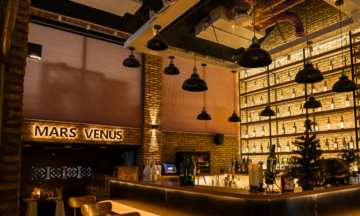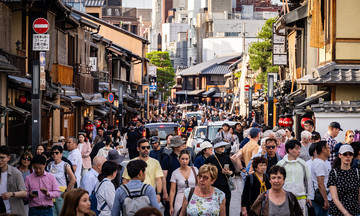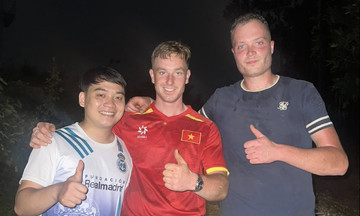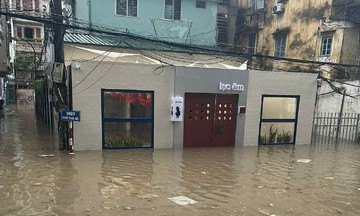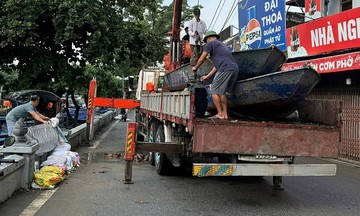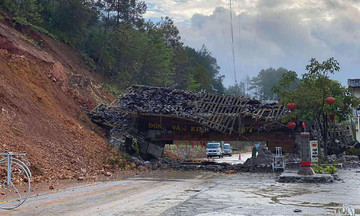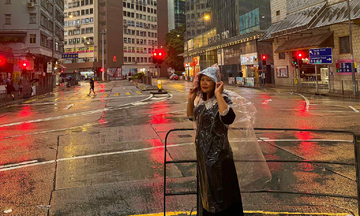Do Thi Tham, a Hanoi resident, has visited Bhutan three times, in 2015, 2016, and 2019. Each trip coincided with a different season—autumn, winter, and spring—allowing her to experience the country’s varied landscapes and participate in local festivals. Her longest stay was 12 days in 2015.
Tham found Bhutan to be a peaceful Buddhist nation with a pristine environment and friendly, English-speaking locals. She particularly enjoyed the traditional, uncommercialized festivals, like the Paro Festival held in spring and autumn, where locals gather in traditional attire and sing folk songs.
However, she noted that Bhutanese cuisine, similar to Indian food, is not as diverse as Vietnamese, with a focus on curries and fewer fresh ingredients. During her visits, Tham encountered few international tourists. According to the Bhutanese newspaper, Bhutan welcomed over 145,000 international visitors in 2024, including nearly 95,000 from India.
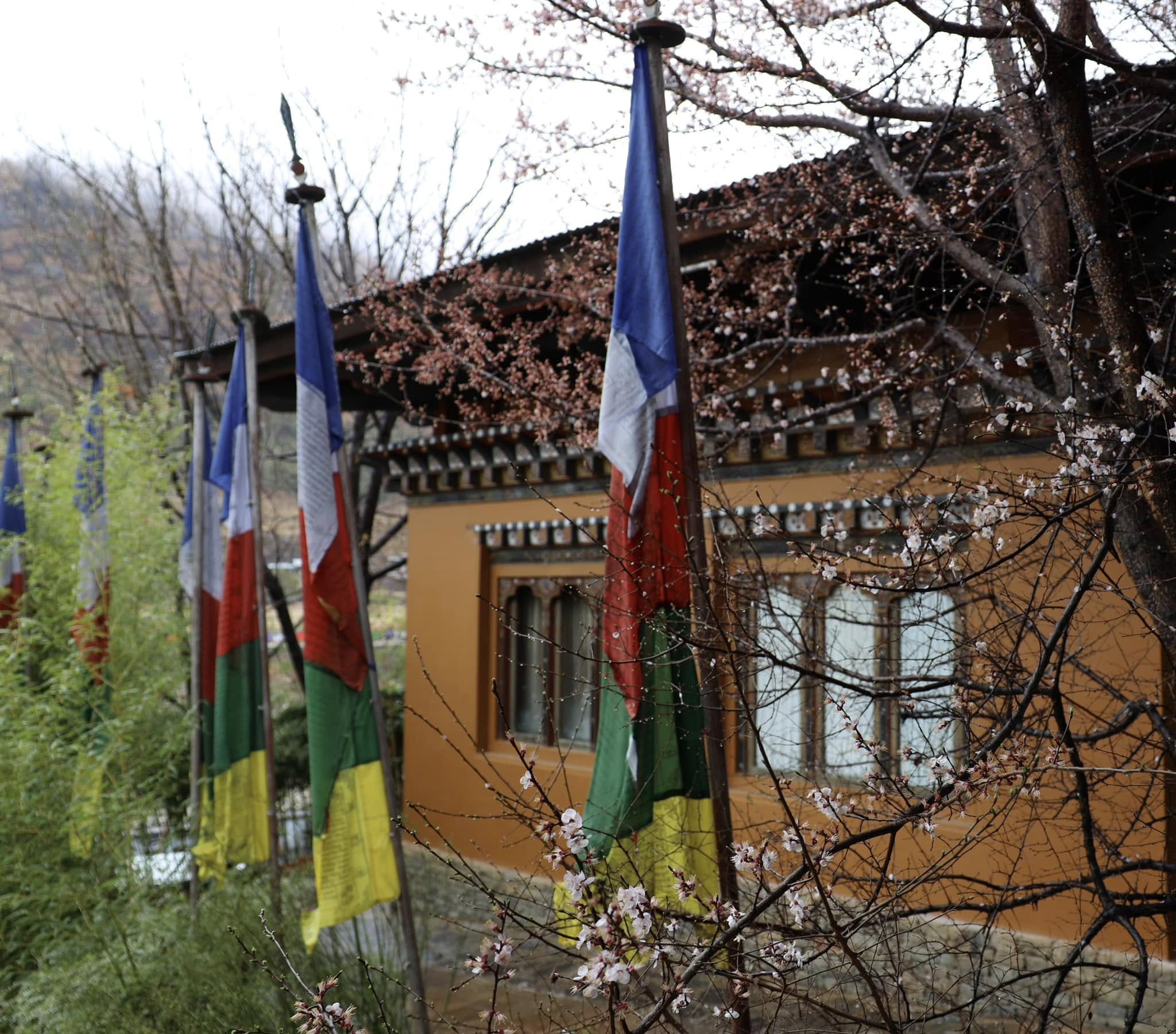 |
Tiger's Nest Monastery perched on a cliff in Bhutan. Photo: Hoang Thuy Anh |
Tiger's Nest Monastery perched on a cliff in Bhutan. Photo: Hoang Thuy Anh
Le Thuy Nhung, Deputy Head of Individual Travel at Vietravel Hanoi, confirms that Vietnamese tourism to Bhutan is still relatively low. The company operates 4 to 5 charter flights annually, each carrying 80 to 90 passengers, mostly groups of monks traveling for religious ceremonies.
According to Pham Anh Vu, Deputy General Director of Du lich Viet, while Vietnamese tourism to Bhutan is growing, it remains a niche market, accounting for less than 3% of total travelers. A typical 5-day, 4-night tour package covering popular destinations like Paro, Thimphu, and Punakha costs between 55 and 77 million VND. Most visitors are pilgrims or seasoned travelers seeking unique destinations.
Bhutan currently charges a 100 USD sustainable development fee per day per visitor. The government states that this fee supports infrastructure upgrades, environmental protection, worker salaries, and offsets the environmental impact of tourism. Additionally, a single-entry visa costs 40 USD.
 |
Spring in Bhutan. Photo: Hoang Thuy Anh
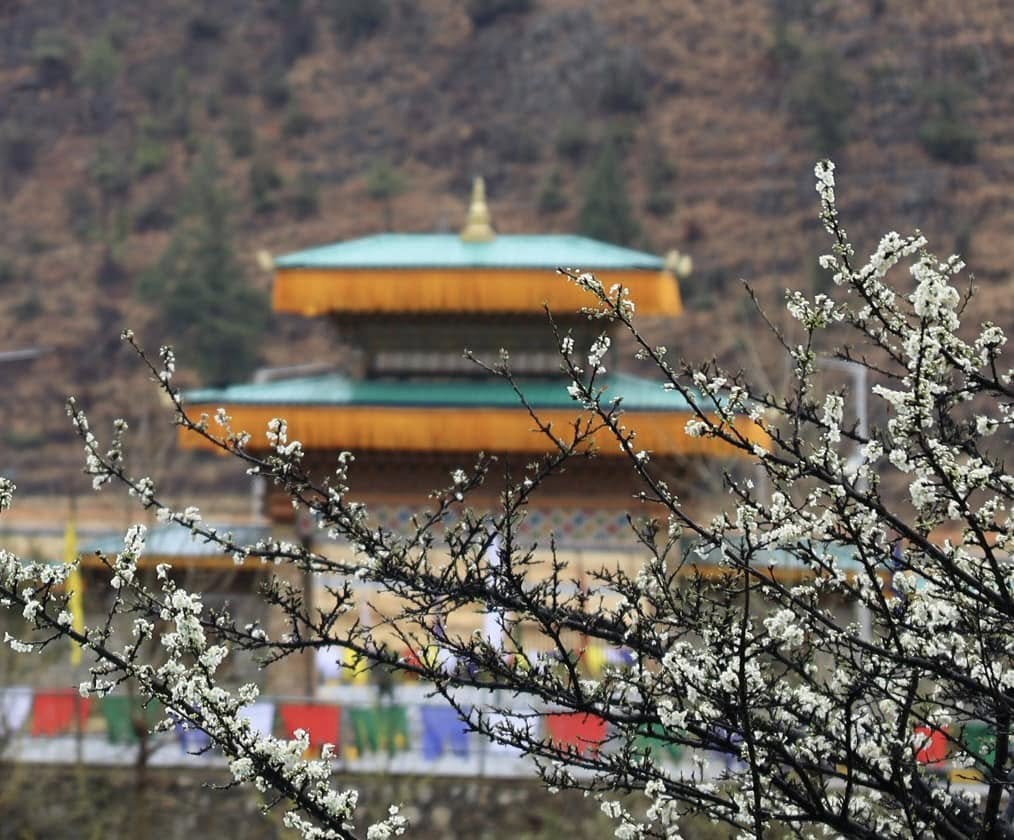 |
A view of Bhutan from above. Photo: Hoang Thuy Anh
 |
Flowers blooming in spring in Bhutan. Photo: Hoang Thuy Anh
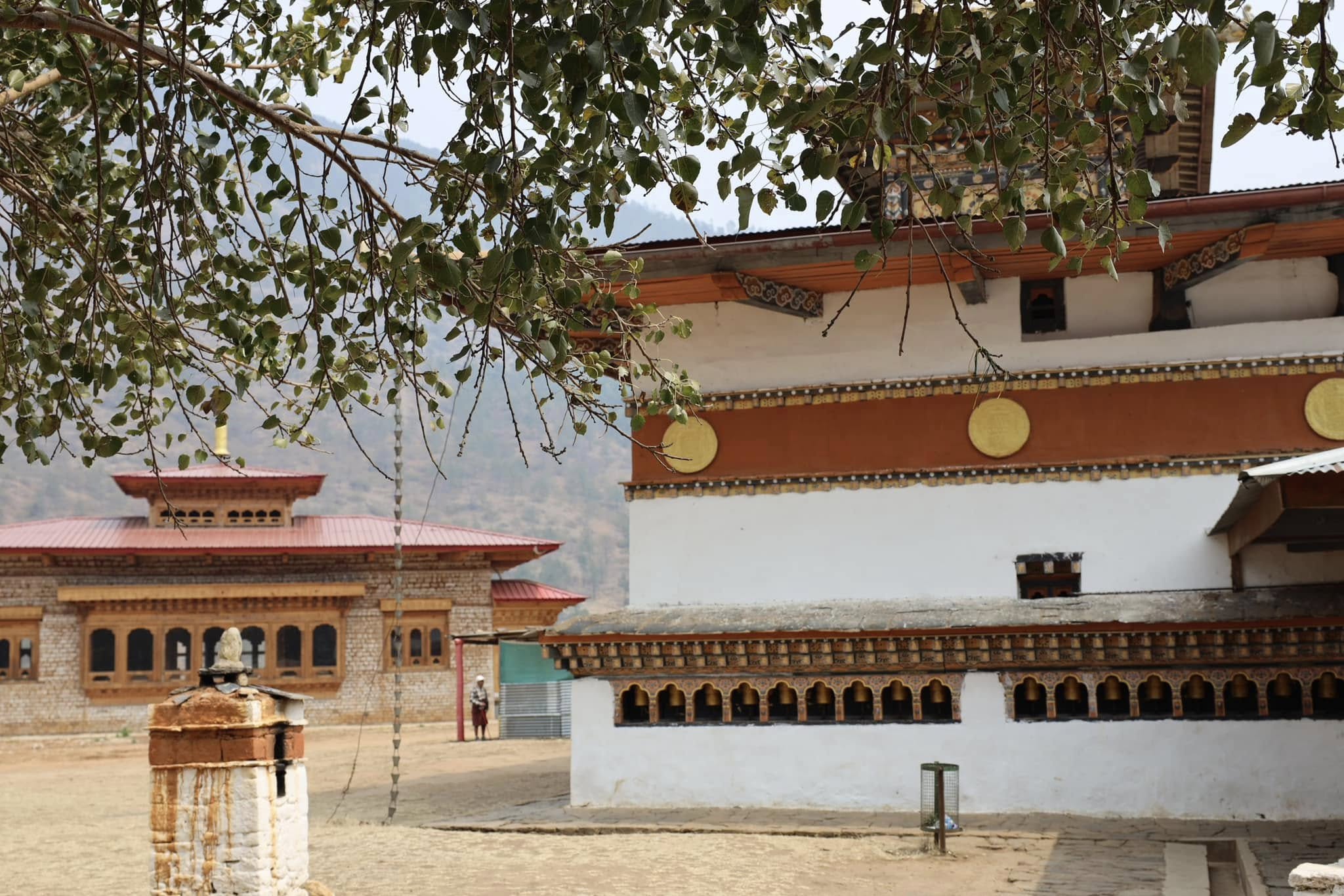 |
The 3-star resort where Thuy Anh stayed during her visit to Bhutan. Photo: Hoang Thuy Anh
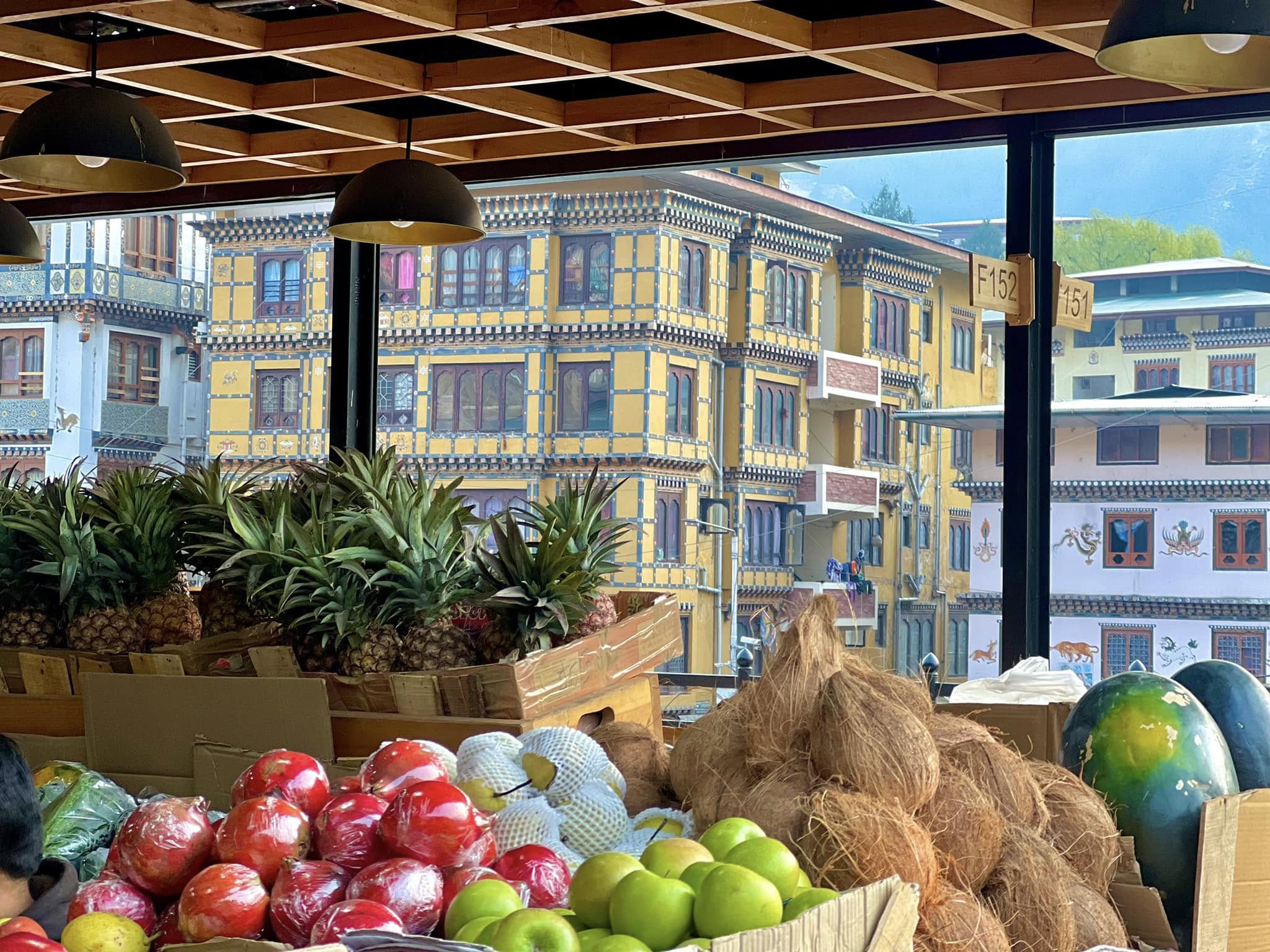 |
A monastery in Bhutan. Photo: Hoang Thuy Anh
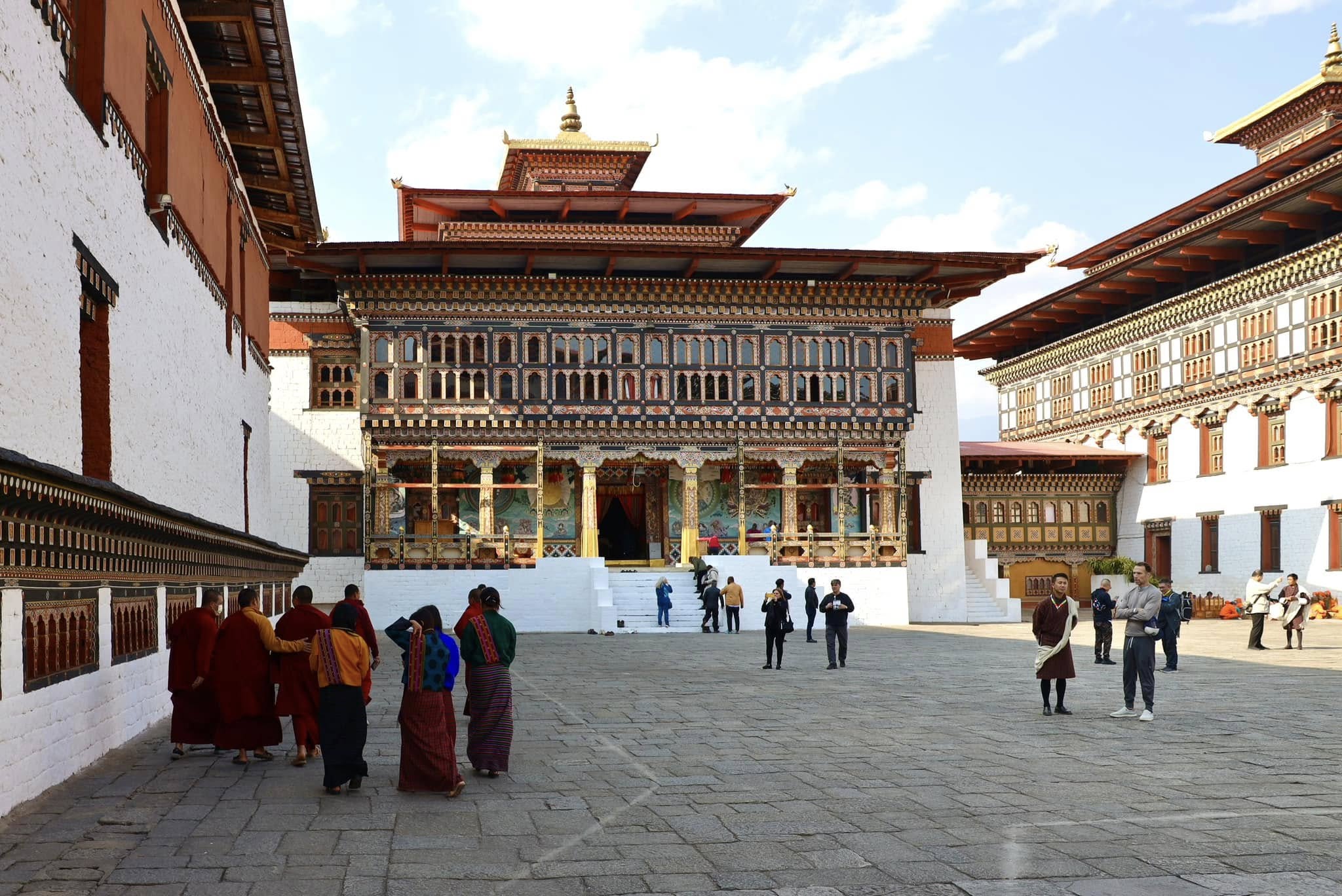 |
A market in Bhutan. Photo: Hoang Thuy Anh
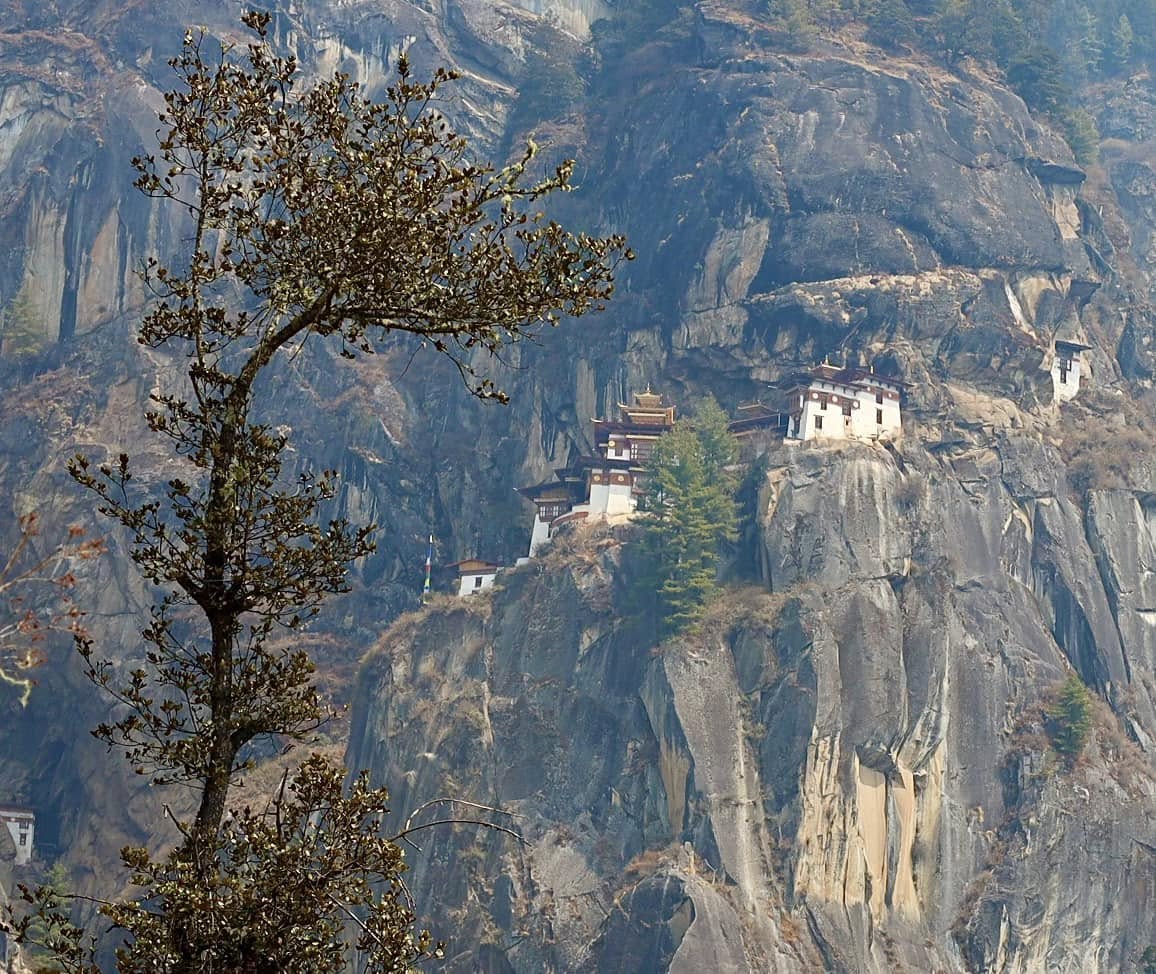 |
Locals and monks at a monastery in Bhutan. Photo: Hoang Thuy Anh
Although pre-booked tour packages are no longer mandatory, travel experts recommend them for a comprehensive experience.
Peak tourist season is during the cherry blossom season (March-May) and the autumn foliage and festival season (September-November). The remaining months experience more extreme weather, such as heavy rain, heat, or cold.
According to Nhung, Vietnamese visitors are drawn to Bhutan's pristine environment, unique culture, and tranquil atmosphere. With a population of around 800,000 as of 2025, Bhutan offers a respite from traffic jams and noise pollution. Iconic attractions include the Tiger's Nest Monastery and the Himalayas.
"The Bhutanese people are friendly and patient, and the cities are free of overwhelming advertising. Natural beauty is Bhutan's hallmark," says Hoang Thuy Anh, a Vietnamese-American who has visited over 130 countries and territories, after a recent 10-day trip to Bhutan in 3/2024.
Thuy Anh visiting Bhutan in 3/2024. Video: NVCC
Many describe Bhutan's laid-back itineraries, focused on Buddhist sites and scenic views, as unsuitable for younger travelers seeking vibrant nightlife.
The high cost and limited flight options are additional barriers. "Round-trip airfare alone costs 22 to 26 million VND for a direct flight," says Vu of Du lich Viet. Currently, direct flights from Ho Chi Minh City to Paro take 4 to 5 hours, while flights from Hanoi take over three hours.
Vu also notes a recent trend of Vietnamese travelers to Bhutan and Tibet forming their own groups of 10 to 25 people and using travel agencies for customized tours. While more expensive, these tours offer tailored itineraries, schedules, and attractions, catering to the desire for unique, once-in-a-lifetime experiences.
"The Bhutanese are gentle, patient, and unpretentious. The cities aren't plastered with advertisements. Natural beauty is what truly defines this place," says Thuy Anh.
Phuong Anh



